The Conclave Begins: Electing The Next Pope
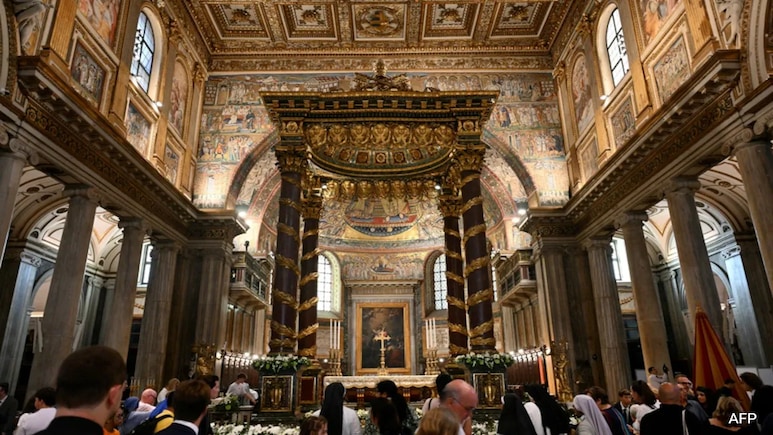
Table of Contents
The Process Leading Up to the Conclave
The period following a Pope's death or resignation is a time of transition and preparation for the Papal Conclave. The death or resignation itself triggers a series of events leading to the election. The College of Cardinals, the body of senior Catholic clergy, plays a central role. The selection of Cardinal electors, those eligible to participate in the Conclave, is based on age (under 80) and appointment by the previous Pope. This process is carefully regulated, ensuring a fair and representative selection of Cardinals from around the world.
- Death or resignation of the Pope: This marks the beginning of the sede vacante (vacancy of the See of Rome).
- Confirmation of the vacancy of the See of Rome: Officially declaring the papacy vacant initiates the procedures for the Conclave.
- Gathering of Cardinals in Rome: Cardinals from around the globe converge on Vatican City to prepare for the election.
- Election of the Camerlengo (Chamberlain): A Cardinal is appointed to administer the Church during the vacancy.
- Preparation of the Conclave: This involves setting up the location, establishing security protocols, and finalizing the logistics for the election. The Papal election requires meticulous planning and coordination.
Inside the Conclave: Rules and Procedures
The Conclave itself is held in a highly secure location within Vatican City, traditionally the Sistine Chapel. Strict rules govern the proceedings, ensuring secrecy and preventing outside influence. Cardinals are secluded, their communication with the outside world heavily restricted. The voting process involves secret ballots, with a two-thirds majority required for the election of a new Pope.
- Seclusion of the Cardinals: Complete isolation is enforced to eliminate outside pressures and maintain the integrity of the election.
- Strict communication restrictions: Contact with the outside world is minimized to preserve secrecy and focus on the election process.
- Ballot voting process: A formal voting system ensures the confidentiality of each Cardinal's choice.
- Two-thirds majority required for election: This threshold ensures a strong consensus among the Cardinal electors for the next Pope.
- Significance of white and black smoke signals: The iconic signals inform the world about the progress of the voting: white smoke signifies the election of a new Pope, while black smoke indicates the absence of a majority. This simple visual communication maintains global interest in this vital religious event.
The Role of the Cardinals and Their Influence
The Cardinal electors represent a diverse range of backgrounds, theological viewpoints, and regional experiences. Their votes are influenced by various factors, including theological considerations, political realities, and regional representation within the Church. Consensus-building and compromise are crucial for a successful Conclave.
- Diversity of opinions among Cardinals: The Cardinals bring diverse perspectives to the Conclave, reflecting the global nature of the Catholic Church.
- Influence of theological viewpoints: Theological stances and interpretations play a significant role in shaping the Cardinals' preferences.
- Impact of regional representation: Geographical balance and the representation of different regions within the Church influence the voting.
- Importance of compromise and consensus: Reaching a decision often requires negotiations and compromises among the Cardinals.
- Potential for political considerations: While ideally based on spiritual considerations, political factors can indirectly influence the choices of Cardinal electors.
Challenges and Debates in the Papal Election
The Papal election process is not without its challenges and debates. Calls for greater transparency and reforms to the selection methods are ongoing. Discussions also center on the balance between upholding tradition and adapting to contemporary challenges facing the Church. The role of the laity in the selection process is also a subject of ongoing debate.
- Calls for reform and transparency: Advocates suggest improvements to enhance openness and accountability.
- Debates on the role of the laity: Discussions about increased lay involvement in the decision-making process continue.
- Balancing tradition with contemporary challenges: The selection process needs to consider both historical practices and current societal contexts.
Conclusion
The Papal Conclave, the process of electing the next Pope, is a complex and significant event that draws the attention of the world. Understanding the intricacies of this ritual, from the preparation leading up to the Conclave to the voting process and the ultimate announcement, allows for a deeper appreciation of the weight of this decision for the Catholic Church and the global community. From the selection of Cardinal electors to the symbolism of the smoke signals, every aspect plays a vital role in choosing the next Pope. To stay updated on the latest developments and learn more about the ongoing Papal election, continue following the news and in-depth analyses surrounding the Papal Conclave. Understanding the electing of the next Pope is crucial for comprehending the future direction of the Catholic Church.

Featured Posts
-
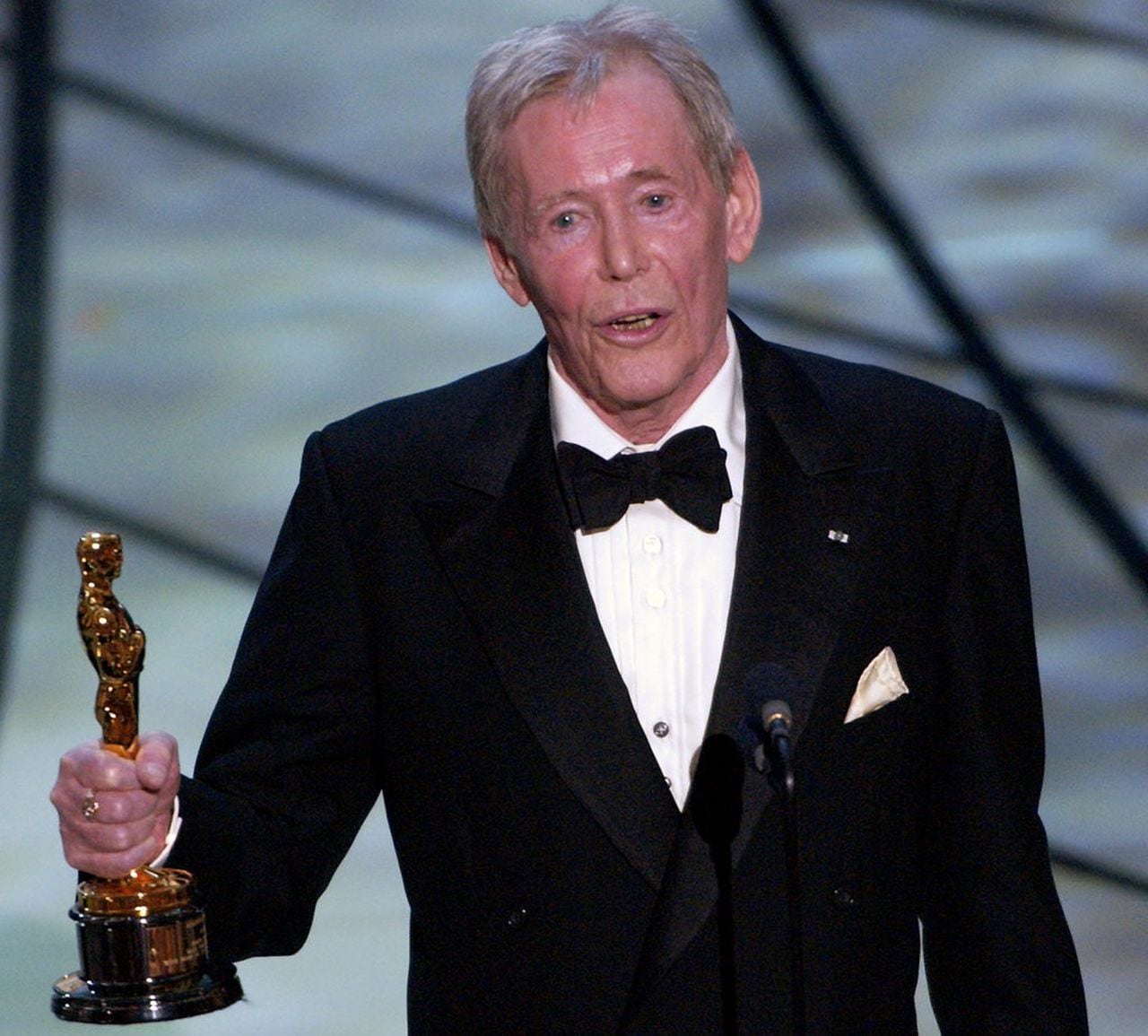 Biggest Oscars Snubs The Most Shocking Moments In Academy Awards History
May 08, 2025
Biggest Oscars Snubs The Most Shocking Moments In Academy Awards History
May 08, 2025 -
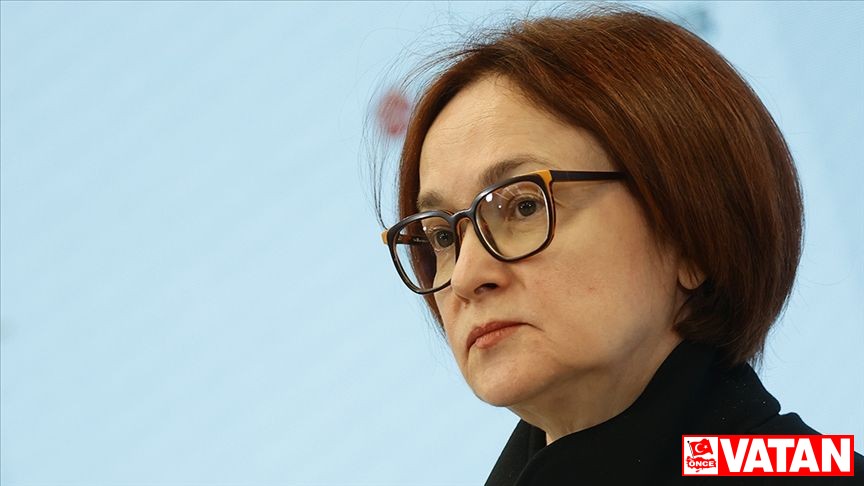 Kripto Para Piyasasinda Riskler Rusya Merkez Bankasi Ndan Oenemli Uyari
May 08, 2025
Kripto Para Piyasasinda Riskler Rusya Merkez Bankasi Ndan Oenemli Uyari
May 08, 2025 -
 The China Factor Examining The Automotive Industrys Dependence And Risks
May 08, 2025
The China Factor Examining The Automotive Industrys Dependence And Risks
May 08, 2025 -
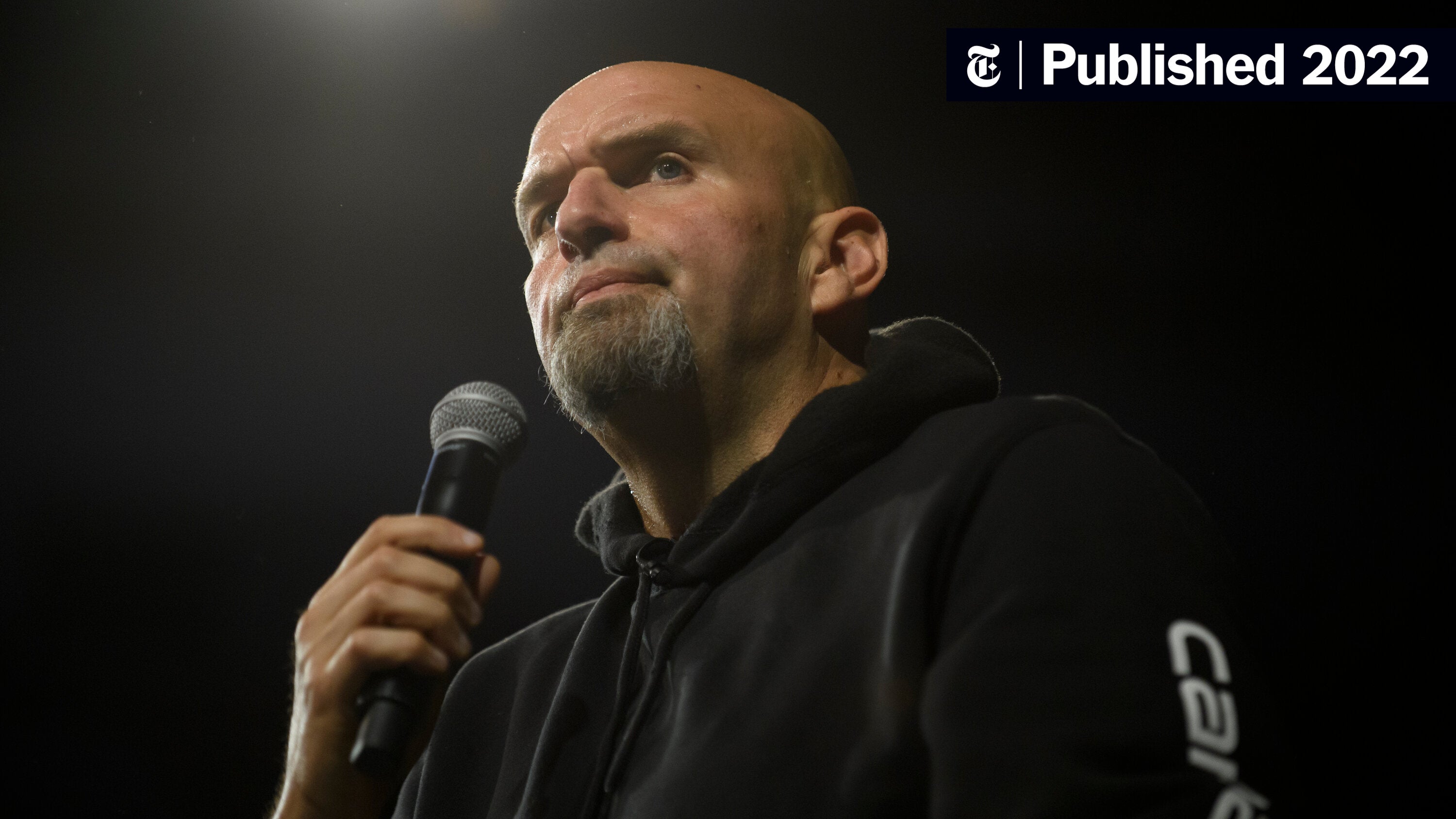 John Fetterman Responds To Ny Magazine Article Questioning His Health
May 08, 2025
John Fetterman Responds To Ny Magazine Article Questioning His Health
May 08, 2025 -
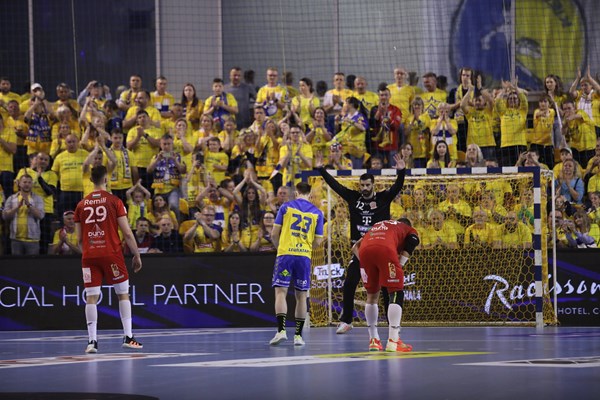 Liga Na Shampioni Arsenal Protiv Ps Zh Kluchni Fakti
May 08, 2025
Liga Na Shampioni Arsenal Protiv Ps Zh Kluchni Fakti
May 08, 2025
Latest Posts
-
 Superman Footage Analysis More Than Just Krypto A Critical Scene Discussion
May 08, 2025
Superman Footage Analysis More Than Just Krypto A Critical Scene Discussion
May 08, 2025 -
 I Just Watched The New Superman Footage Krypto Steals The Show But This Moment Is Bigger
May 08, 2025
I Just Watched The New Superman Footage Krypto Steals The Show But This Moment Is Bigger
May 08, 2025 -
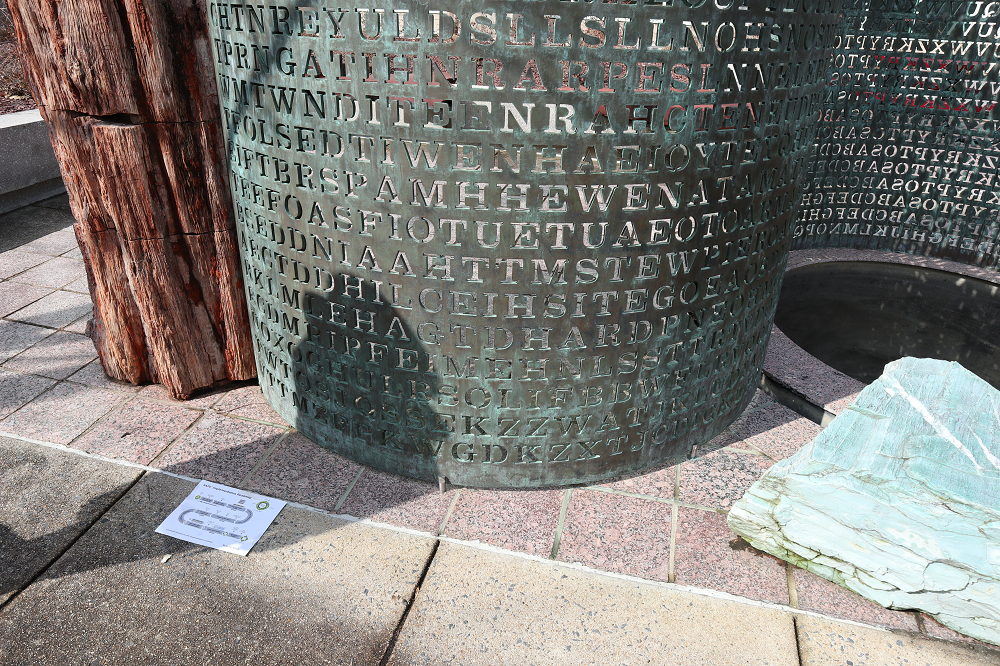 Exploring The Top Krypto Stories And Their Impact
May 08, 2025
Exploring The Top Krypto Stories And Their Impact
May 08, 2025 -
 A Comprehensive Look At The Best Krypto Stories
May 08, 2025
A Comprehensive Look At The Best Krypto Stories
May 08, 2025 -
 Reviewing The Best Krypto Stories In Comic Book History
May 08, 2025
Reviewing The Best Krypto Stories In Comic Book History
May 08, 2025
